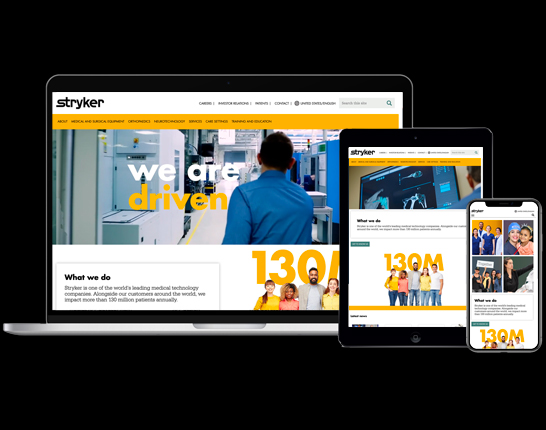Role: Lead Information Architect, Lead UX Designer
To comply with my non-disclosure agreement, I have omitted confidential information.
Problem
A large medical device company had attempted to unite its medical brands before with no success. However, this time they were ready to invest in a CRM platform that could handle multiple business units, roles, and different access permissions for business units. The goal was to create a global solution that would stand the test of time and enable the company to continue growing.
I was tasked with creating the strategy and structure for a global platform that would harmonize the experience and meet every business’s needs. It was easily a year-long project squeezed into four months. The development was being conducted by another company, with many of the developers in another country.
Team
- Lead Information Architect, Lead UX Designer
- Creative Director
- Copy Writing
- 2 – UI Designers
- 2- Project Managers
- 2 – Busines Analysts
- 20+ Developers in Costa Rica
- 4+ Quality Insurance
- Staff from business units
- 2 – Platform trainers
Client Provided Materials
- Initial strategy on how to organize the business units
- Rollout plan across the business units
- Competitive analysis
- Foresee study
- Product brochures for the devices with a higher price point
- Brand Guidelines
Pain Points
This was a year-long project squeezed into four months. Each team member was called and asked if they agreed to the timeline. The Product Owners from the client side were feeling even more pressure.
Agile
Running this project agile was a necessity. I started with a preliminary strategy provided by the client. I had over 20 medical device businesses to learn about, and medical nomenclature always adds an extra layer of complexity and time.
Our schedule was presentations every Tuesday and Thursday with the Product Owners (client side). That gave me 48 business hours to respond to feedback, as well as move forward with the next task assigned for the week. In some ways, the tight timeline was helpful because we had no time to second-guess ourselves.
Research
My goal was to utilize as much research as I could from what the client had provided.
Survey
Thankfully a Foresee survey was conducted for eight months with 1,893 participants. Reading through the survey results the opportunities were clear. Overall satisfaction and benchmarks against competitors were studied. The following were identified as areas of focus.
- Improve navigation for finding a specific product and/or product area.
- Provide more than one way to navigate.
- The product/service descriptions are needed to provide understanding and answers.
- Search results, organization, as well as the ability to narrow the results.

2 of 3
medical professionals could not find what they were looking for.
Personas
Since we were their Agency of Record, I was able to utilize personas that had been previously created. I did tweak the personas to better fit the needs of the target audience which was broader than past projects.
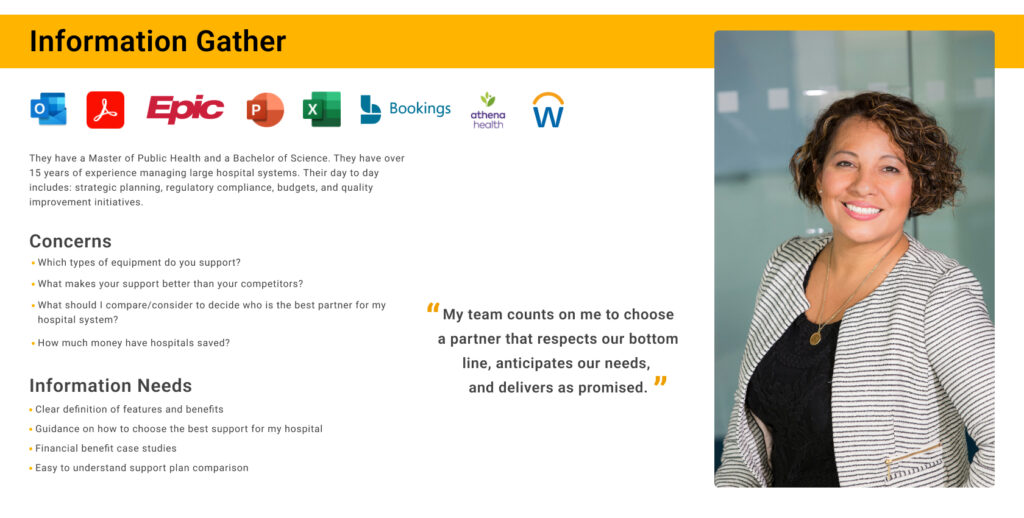
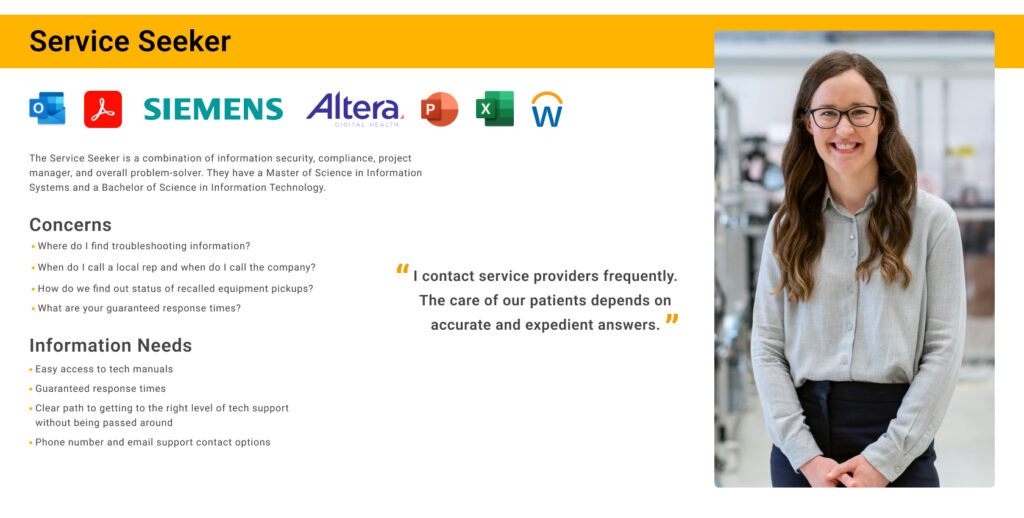
Sprint 0
My first step was to conduct a content audit. Many businesses had separate websites and some companies didn’t even have a site. Some of the content could be repurposed for the new platform. Performing the content audit also gave me an excellent idea of individual needs.
I created a template spreadsheet for each business unit to complete. This was the first project where I gave the client homework. However, each business unit needed to participate in the project as there wasn’t time and budget for me to learn each one. The spreadsheet included such questions as:
- List of products
- Which products were an opportunity for storytelling
- Each product needed a link to its image and metadata in the DAM
- Social media links
- Resources and downloads
- Cross-promotional area with other business units
- Legal disclaimers (there were many)
- Requests for customizable areas
As part of the content audits, I looked at business units that needed to improve their product descriptions, as that was mentioned as an area needing improvement on the Forsee survey. I also had the opportunity to have analytics pulled which I integrated into the content audits. Not being an expert in each business unit, I did my best to highlight the glaring needs.
In addition to the content audits, I created a sitemap with a list of competitors provided by the stakeholders.

Sprint 1
My wires were automatically available to the creative team, stakeholders, project management, and development team. I used InVision’s tour points to detail my expectations for the functionality. Stakeholders and project management chimed in with InVision’s comment feature to add their thoughts, approvals, or push-back.
My vision for the structure of the products and the many ways of organization within the businesses was the most important aspect to communicate. The world of software, complex websites, and usability was not something the business units were familiar with. I showed three very high-level “templates” for the solution with multiple rough examples of the templates in use. Everyone was feeling the pressure of the schedule so I needed to ensure that my communication was quick and clear.
Sprint 1 (two weeks) was a challenge because the most important templates and creative were due. There were many impromptu whiteboarding sessions. My persuasion skills were put to the test as everyone was feeling the stress of the schedule and no rapport had been built with the main client. I presented the responsive header, footer, portfolio, category, and sub-category. These wireframes represented the proposed information architecture. For each template, I walked the clients through how easily the templates could be authored by employees with no HTML experience. The header needed to be very flexible to stand the test of time.
To obtain the buy-in of the many businesses I created key examples demonstrating the user-centered design, which I called “stress-testing”. These examples were often of the most challenging products or edge cases. While I was designing the platform, another team was working on obtaining and creating content.
I was the liaison between the developers in Costa Rica and the creative team. I approached all of the templates with content modeling. This allowed the team to see how many components I was proposing as well as how reusable each component needed to be. I used a simple list approach versus a diagram.
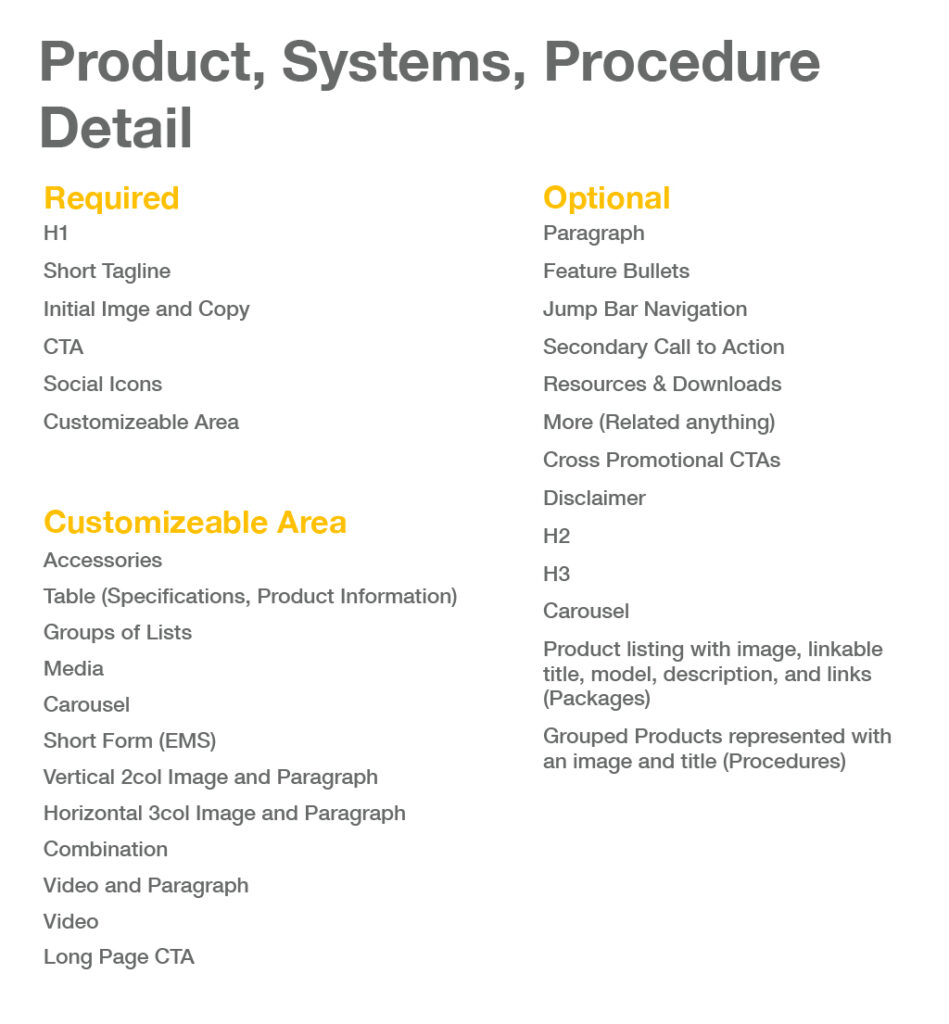
Sprint 2
One responsive template was created to serve products, packages (a grouping of products in many, many sizes), and procedures (a grouping of products that would be needed for a procedure).
I also created a responsive landing page template for the individual businesses, with the expectation that businesses would merge, become obsolete, or grow as time went on. I approached the templates with content modeling. This allowed the team to see that many components were being reused and helped everyone understand how many components would need to be created. I used a simple list approach versus a visual diagram style.
Sprint 3 – 5
The remaining sprints became easier as the team fell into a pattern and we found the best times to meet. The remaining sprints executed search results, corporate pages such as news and bios, alerts, recalls, back-to-top button, jump navigation, and more.
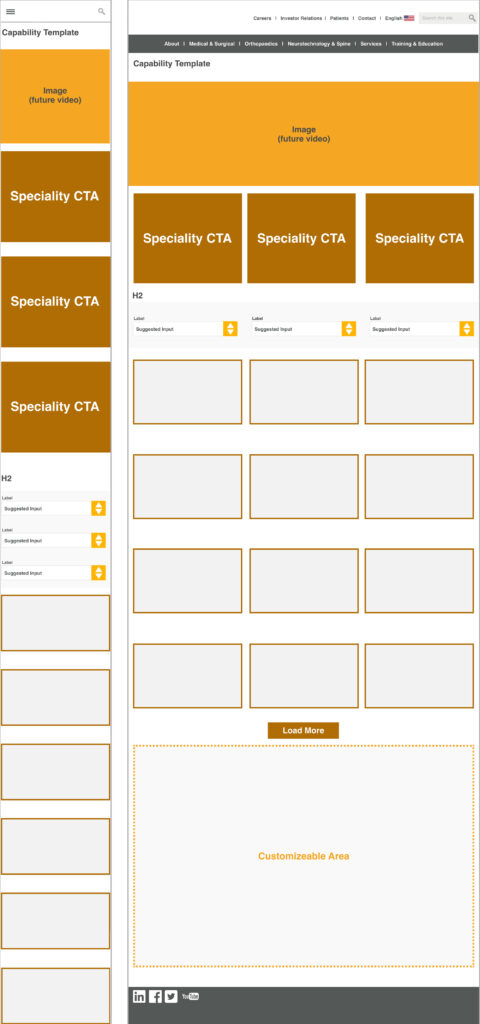
Sprint 6
With time and budget to spare, I added a sprint to wrap up items that had been backlogged. This included a responsive campaign landing page and a responsive microsite template on a separate domain utilizing the existing components. I also created high-level content suggestions for each template that was created.
The project was successful and phase 2 was signed. In phase 2 another team helped each business group refine their content, create additional content, and conduct training.
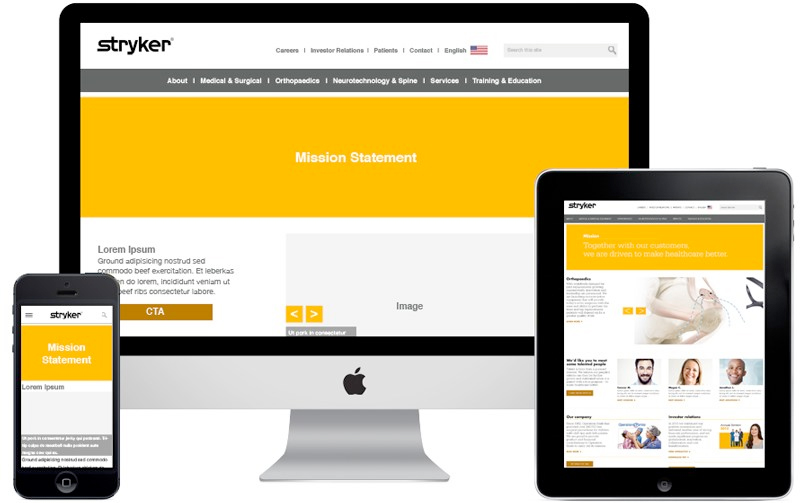
Conclusion
Despite the tight timelines, the first launch was successful and on time. Subsequent launches were performed as business units continued to add their content. The project was a success as phase two was planned, and the relationship as Agency of Record continued.
You may view the platform at Stryker.com >
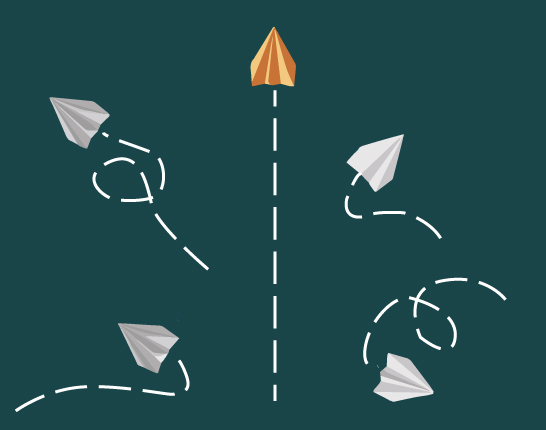
Leading Agile
A continuous integration continuous development online ordering platform needed a Lead Designer. The platform was B2B and provided an interesting research approach.
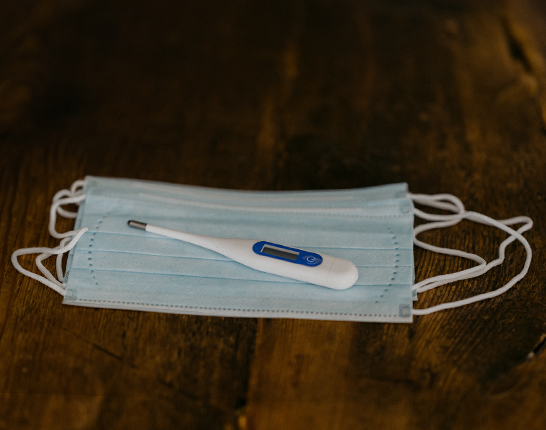
Life-Saving Equipment
A demo app that could be run on an iPad was needed to demonstrate the equipment’s ease of use and its life-saving scenarios.
